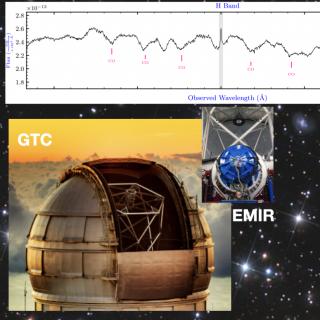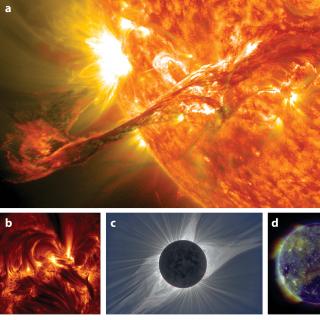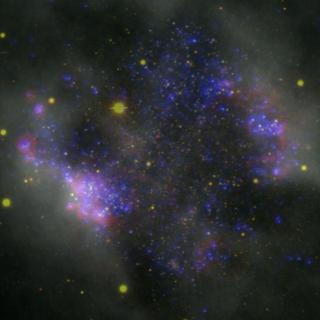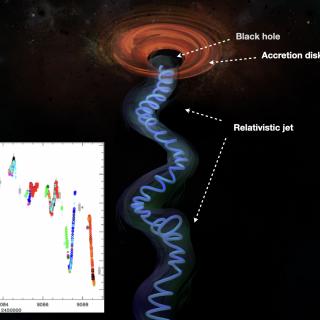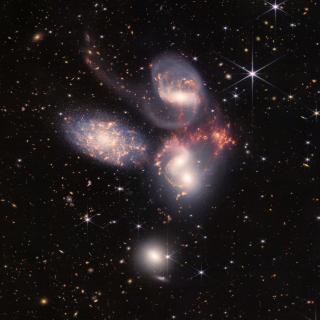
Research led by the University of Oxford and with the participation of the Instituto de Astrofísica de Canarias (IAC) has succeeded in studying, for the first time, the tiny dust molecules known as polycyclic aromatic hydrocarbons (PAHs) in the nuclear region of luminous active galaxies. This work is one of the first studies to use spectroscopic data from the James Webb Space Telescope's (JWST) mid-infrared instrument (MIRI). Observing PAH molecules in the innermost regions of the galaxy is one of the best ways to study the influence of the central black hole in the evolution of the host
Advertised on
